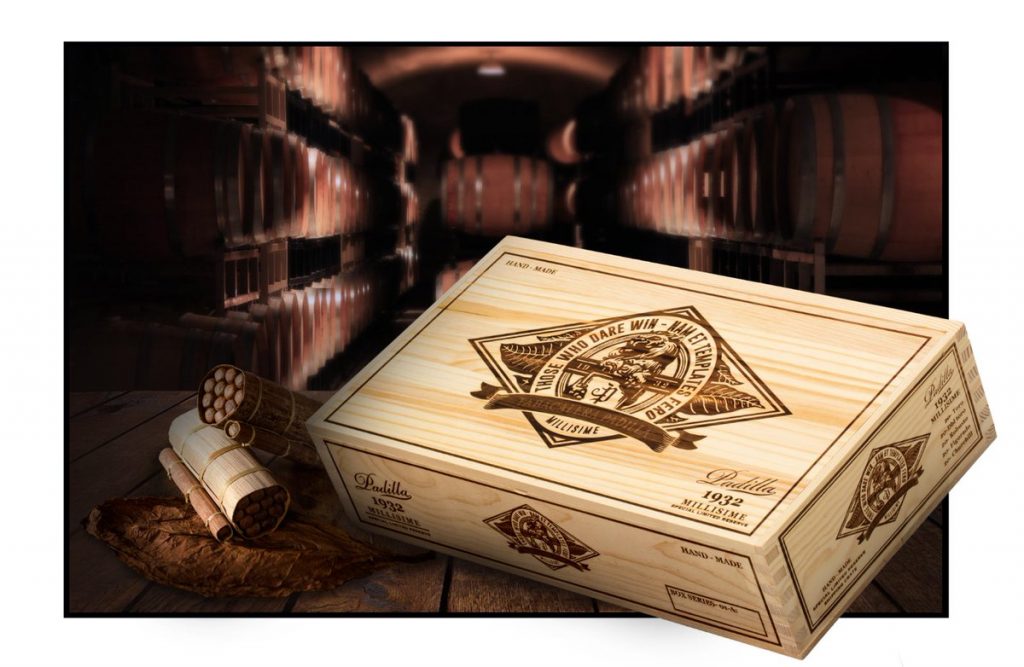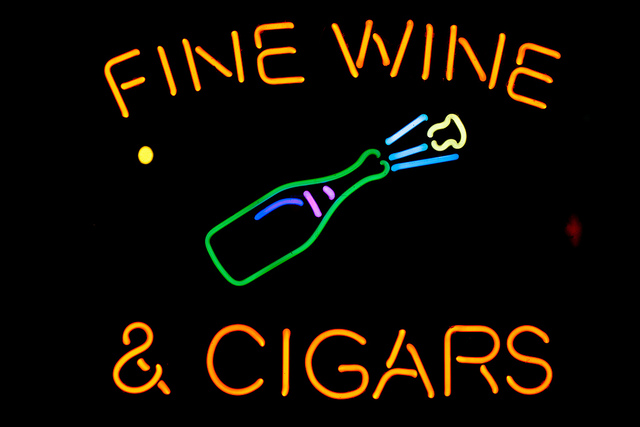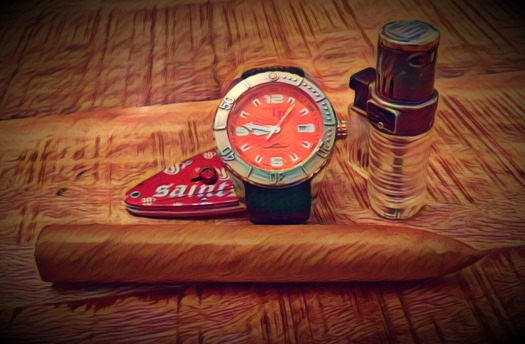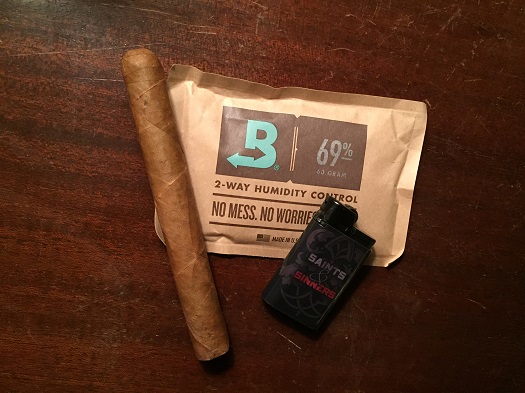Commentary: Three Takeaways from Friday’s FDA Regulation News
2 Aug 2017

Last week I noted a concrete reason for hope in the ongoing battle against overbearing FDA cigar regulations. Just over two days later, the FDA announced a “new comprehensive plan” for tobacco regulations, including cigars.
As part of the rollout, the FDA delayed pending deadlines for cigars to be submitted to the agency for the agency’s approval. Critically, the agency noted that cigars with a pending application can be marketed and sold while waiting for the agency’s response. Motions to stay two legal challenges were quickly filed in court supported by attorneys representing the FDA.
The new deadline for pre-market approval is August 2021. So far, other deadlines (for example, warning labels) haven’t been changed as a result of the announcement. However, they still could be changed or delayed in the coming months.
Here are three important takeaways from the announcement:
FDA’s New Approach to Tobacco Regulation Could Benefit Cigars
Premium handmade cigars may have never been the primary target of FDA regulation, but they certainly were collateral damage. By targeting new tobacco products and making them run the gauntlet of the approval process, the FDA would make it exceedingly difficult and costly to introduce new products.
Because the market for cigars (unlike cigarettes and other traditional tobacco products) is vibrant and competitive with hundreds of new products introduced every year, cigars were hardest hit by the requirement for approval of new products. A new policy focused on “harm reduction” could mean major changes for cigarettes. But for handmade cigars, which have never been particularly attractive to youth and are used by adults in moderation, it could mean less regulation.
In the past, while communicating with the FDA, agency officials repeatedly insisted their position is all tobacco is harmful. Further, they insisted they wouldn’t acknowledge (even though everyone knew it) that some tobacco products are significantly less harmful than others. Any doctor not on the FDA payroll would tell you you’re far better off being the average cigar smoker than the average cigarette smoker. But the prior FDA regime refused to utter this truth.
On the other hand, the new focus on harm reduction would be a more scientific approach, which, if followed through, would greatly benefit handmade cigars. It will take a long process, including rule making, to see the ramifications of this new focus, but cigar smokers should welcome it.
Only Congress Can Fix This For Good
While a change in direction at the FDA is certainly welcome, don’t think for a second it is a permanent solution. Even if the FDA does everything the cigar industry hopes, a new administration or head of the FDA could start rule making and undo it all within a year.
Congress gave the FDA the power to regulate the cigar industry to a standstill, and ultimately only Congress can undo it. A bill to repeal to FDA’s jurisdiction over cigars is still needed. The only downside of the current rules being delayed and likely rolled back is that it gives Congress a reason to delay fixing the problem it created, since the worst consequences seem further down the road.
The FDA Leaks to Anti-Tobacco Groups
It may seem small and unsurprising, but it’s worth noting: The move by anti-tobacco groups preceded the FDA’s announcement by just days, which almost certainly happened because news of the upcoming announcement was leaked by insiders to the groups. This is a reminder that while the leadership at FDA may be embracing a new approach, many mid-level and lower FDA officials may not be on board with scrapping the old approach and delaying their enforcement.
This bureaucratic resistance (and their leaks to anti-tobacco advocacy groups) versus the new, more scientific approach of FDA Director Gottlieb will be something worth watching. You can be sure many people in the agency aren’t happy that their focus and work over the past few years has been scrapped, even though their new boss has initiated a new direction for the FDA’s regulation of tobacco.
–Patrick S
photo credits: Stogie Guys






 Patrick Ashby
Co-Founder & Editor in Chief
Patrick Ashby
Co-Founder & Editor in Chief Patrick Semmens
Co-Founder & Publisher
Patrick Semmens
Co-Founder & Publisher George Edmonson
Tampa Bureau Chief
George Edmonson
Tampa Bureau Chief